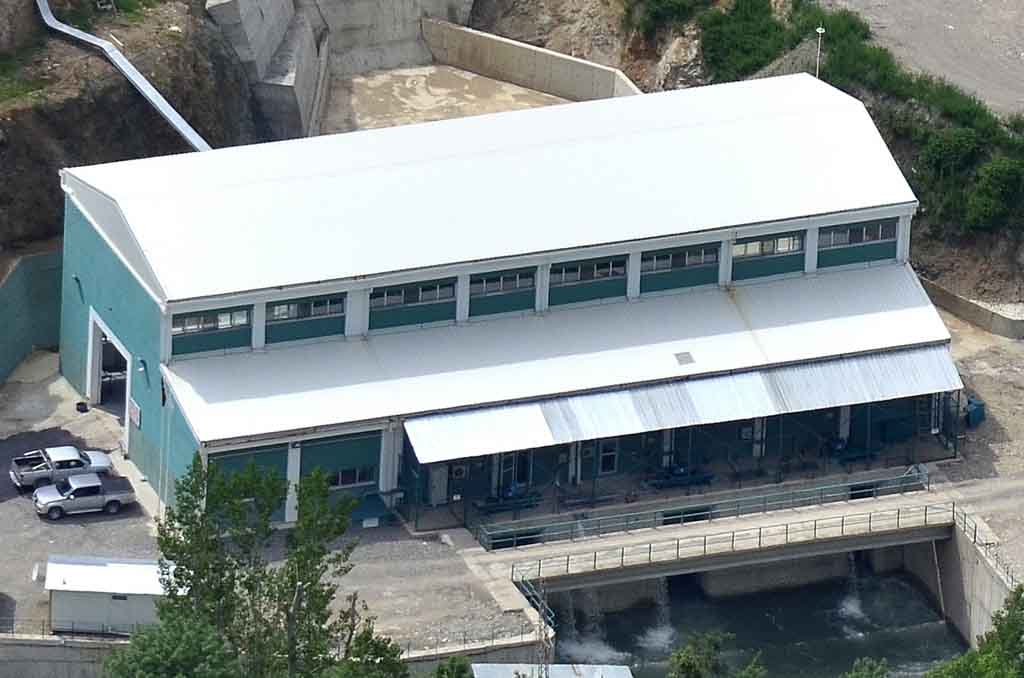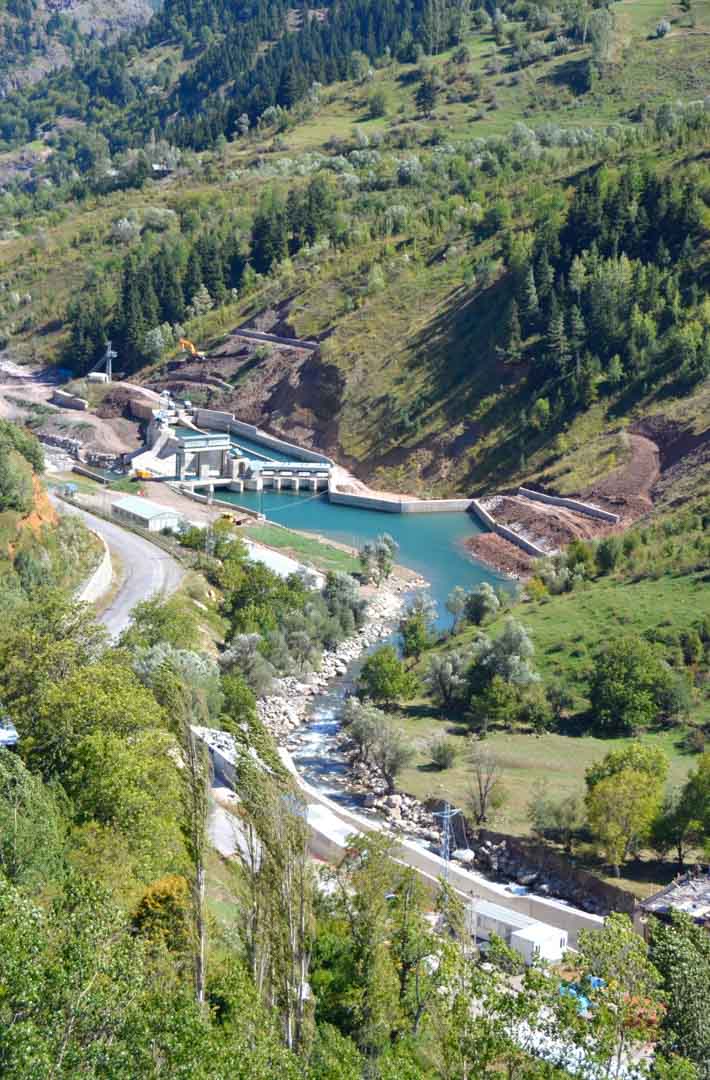Green electricity in the black sea region
Turkey's importance as an energy market is growing steadily - both on the supply and demand side. Meeting this demand by building more conventional power plants would inevitably lead to a sharp increase in greenhouse gas emissions. Instead, to meet the country's growing energy needs in a sustainable manner, it is necessary to invest in the use of renewable energies.
The project therefore involves the construction of a new run-of-river power plant on the Papart River in the Turkish province of Artvin. Using the energy of the water and three modern turbines, the power plant feeds around 58.49 GWh per year into the national grid.
A run-of-river power plant of this size does not require the construction of an additional reservoir, so people living near the river do not have to be relocated and natural habitats and productive farmland can be preserved.

Hydropower plants use the energy of water to generate electricity. The energy is harnessed by passing water through a turbine. Under the pressure of the water, the turbine turns and transfers this energy to a generator, which converts kinetic energy into electricity. This principle applies to all types of hydroelectric power plants: from small run-of-river power plants to pumped-storage power plants on bodies of water like lakes. In many parts of the world, electricity is still primarily generated from fossil fuels. Clean hydropower can replace some of this emission-intensive energy and thus verifiably save carbon emissions. In most hydropower projects, the electricity is fed into a regional power grid, diversifying the energy supply and improving energy security in areas affected by power shortages and blackouts. Often, these projects also create jobs for the local population. Hydropower projects thus make an important contribution to clean energy supply as well as contributing to the UN Sustainable Development Goals (SDGs). Hydopower projects in the ClimatePartner portfolio are registered with international standards.
Explore our projects
Biochar for Climate Action, Healthy Soils, and Better Harvests

A certified climate project combined with additional commitment

Expansion of renewable energy generation in Asia

Ceramic water filters save CO2 and improve health

Improved cookstoves worldwide – for better health and cleaner air

A certified climate project combined with additional commitment

Powering access to renewable energy in Africa

A certified climate project combined with additional commitment

Restored ecosystems remove carbon

Turning degraded farmlands into healthy ecosystems

Improved cookstoves - better for health and the environment








